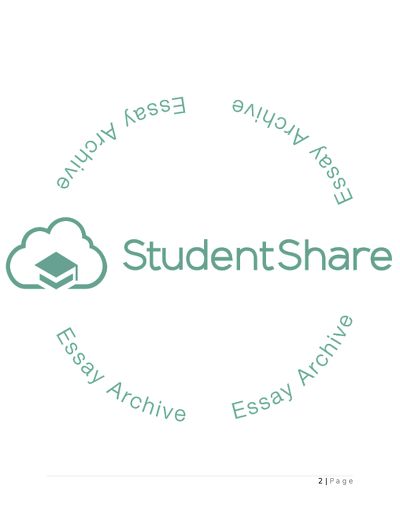Cite this document
(“Technology and Education Essay Example | Topics and Well Written Essays - 4500 words”, n.d.)
Retrieved from https://studentshare.org/education/1462298-technology-and-education
Retrieved from https://studentshare.org/education/1462298-technology-and-education
(Technology and Education Essay Example | Topics and Well Written Essays - 4500 Words)
https://studentshare.org/education/1462298-technology-and-education.
https://studentshare.org/education/1462298-technology-and-education.
“Technology and Education Essay Example | Topics and Well Written Essays - 4500 Words”, n.d. https://studentshare.org/education/1462298-technology-and-education.


